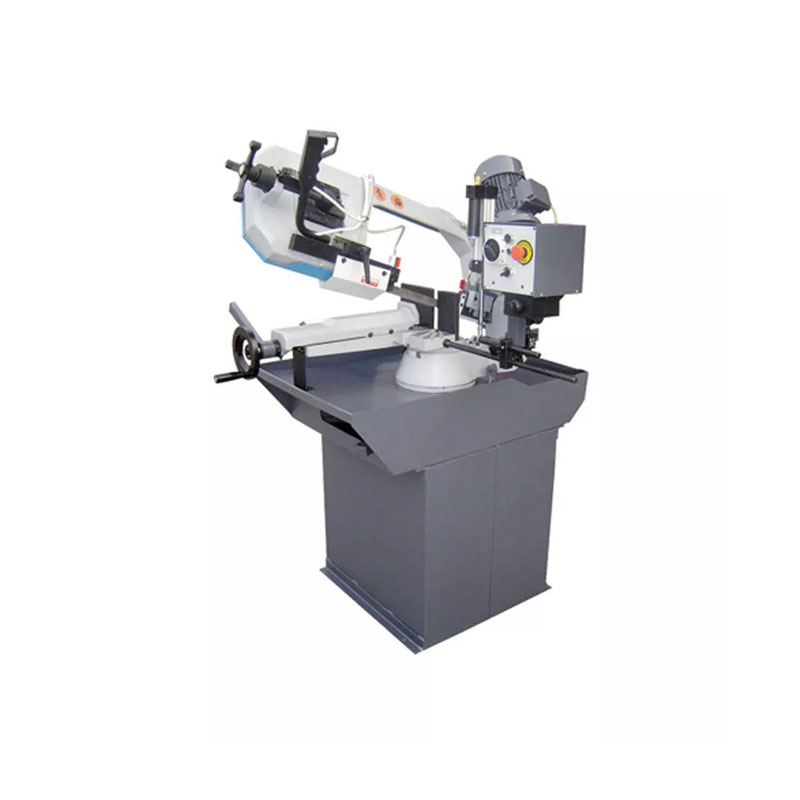- Home
-
Machines
- Horizontal Lathe
- CNC Flat Bed Lathe
- CNC Slant Bed Lathe
- Vertical Lathe
- Pipe Threading Lathe
- See All Lathe
- Vertical Machining Center
- Milling and Boring Machine
- Conventional Milling Machine
- Drilling and Milling Machine
- See All Milling Machine
- Magnetic Drilling Machine
- Belt-driven Drilling Machine
- Gear-driven Drilling Machine
- Radial Drilling Machine
- See All Drilling Machine
- Belt Disc Grinder
- Bench Grinder
- Tool Grinder
- Surface Grinding Machine
- Cylindrical Grinding Machine
- See All Grinding Machine
-
Accessories
- Tool Holder
- Drill Chuck
- Lathe Center
- Lathe Chuck
- Lathe Toolpost Grinder
- Quick Change Tool Post
- Clamping Kit
- Parallel Tool
- Power Feed
- Dividing Head
- Rotary Table
- Work Table
- Machine Vise
- Slotting Head
- Machine Mount
- Magnetic Tool
- Work Lamp
- Digital Readout
- Coolant and Lubrication
- See All Machine Accessory
- Resources
- Our Company
- Contact Us
- Current location:
- Home
- Resources
- Company News
- How to Optimize Your Metal Sawing Process
How to Optimize Your Metal Sawing Process
The efficiency and precision of your metal sawing process can significantly impact your productivity and overall output quality. Whether you're running a small workshop or a large manufacturing operation, optimizing your metal sawing techniques and equipment can lead to smoother cuts, reduced waste, and improved safety. In this blog post, we'll delve into best practices for setting up your sawing machine, tips for achieving precise cuts, common mistakes to avoid, the importance of using coolants and lubricants, and regular inspections and troubleshooting techniques.
Best Practices for Setting Up Your Sawing Machine
Tips for Achieving Smooth and Precise Cuts
Common Mistakes to Avoid When Using Metal Sawing Machines
Utilizing Coolants and Lubricants for Better Performance
Regular Inspections and Troubleshooting Techniques
Best Practices for Setting Up Your Sawing Machine
Setting up your metal sawing machine correctly is the foundation of achieving optimal performance. Begin by ensuring that the machine is on a stable, level surface to prevent vibrations that could affect the cutting accuracy. It's crucial to select the right blade for the material you're working with—different metals require specific blade types and tooth configurations. Additionally, adjust the blade tension according to the manufacturer's specifications to maintain cutting precision. Align the blade guides and ensure they are positioned as close to the material as possible to provide adequate support. Lastly, calibrate the feed rate and cutting speed based on the material's thickness and hardness to achieve efficient cutting without damaging the blade or the workpiece.
Tips for Achieving Smooth and Precise Cuts
Achieving smooth and precise cuts with your metal sawing machine involves a combination of proper setup, technique, and maintenance. Use a consistent feed rate to avoid putting excessive pressure on the blade, which can lead to uneven cuts and blade wear. For intricate or delicate cuts, consider using a finer-toothed blade that offers better control and accuracy. Ensure the material is securely clamped to prevent movement during cutting, which can cause jagged edges and inaccuracies. Regularly check for blade wear and replace it when necessary, as a dull blade can compromise cut quality. Additionally, practice proper blade break-in procedures for new blades to extend their lifespan and maintain optimal performance.
Common Mistakes to Avoid When Using Metal Sawing Machines
Even experienced operators can fall into common pitfalls when using metal sawing machines. One frequent mistake is using the wrong blade for the material, leading to subpar cuts and increased wear. Failing to secure the material properly can result in movement during cutting, causing inaccuracies and potential safety hazards. Overlooking blade tension adjustments can lead to poor cut quality and premature blade failure. Neglecting to clean and maintain the machine regularly can result in debris buildup, affecting performance and longevity. Another common issue is running the machine at inappropriate speeds—either too fast or too slow—for the specific material being cut, which can damage both the blade and the material.

Utilizing Coolants and Lubricants for Better Performance
Coolants and lubricants play a vital role in optimizing the performance of metal sawing machines. They help dissipate heat generated during cutting, reducing the risk of overheating and extending the blade's lifespan. Coolants also aid in flushing away metal chips and debris, preventing clogging and ensuring smoother cuts. When selecting a coolant or lubricant, choose one that matches the material and cutting conditions—synthetic coolants, semi-synthetic fluids, and soluble oils each have specific advantages. Regularly monitor coolant levels and condition, and replace or replenish as needed to maintain effectiveness. Properly applying coolants or lubricants can significantly enhance cutting performance and overall efficiency.
Regular Inspections and Troubleshooting Techniques
Regular inspections and proactive maintenance are key to preventing downtime and ensuring consistent performance from your metal sawing machine. Establish a routine inspection schedule to check blade condition, alignment, and tension. Examine the machine's moving parts, such as guides and bearings, for wear and lubrication needs. Keep an eye out for unusual vibrations or noises during operation, as these can indicate underlying issues. Should you encounter cutting problems, systematically troubleshoot by checking the blade, material setup, feed rate, and cutting speed. Addressing issues promptly can prevent more significant problems and costly repairs down the line.
In conclusion, optimizing your metal sawing process involves a combination of proper machine setup, precise cutting techniques, avoiding common mistakes, utilizing coolants and lubricants, and conducting regular inspections. By following these best practices, you can enhance your sawing efficiency, achieve smoother and more accurate cuts, and prolong the lifespan of your equipment. For more information on high-quality metal sawing machines, visit Senmocn's Band Saw BS-280G and explore their offerings.
Here We Are
Qingzhou Shengmao Machinery Co., Ltd.
South Hedong Village,
Yidu Subdistrict, Qingzhou City, Shandong Province, China 262500
© 2024 Qingzhou Shengmao Machinery Co., Ltd. All rights reserved





